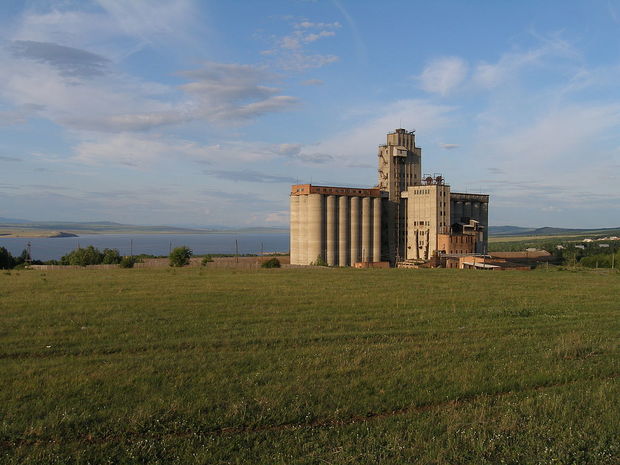Russia to have long-term impact on grain markets
Since the beginning of the 2000s, Russia has turned into one of the world's biggest grain exporters. The latest report of the Australian Export Grains Innovation Centre (AEGIC) explains the reasons of this turnaround.
Foreign grain growers should be concerned about the Russian ''threat'' on their horizon, warns Canadian Country Guide citing the AEGIC's new study on Russia's wheat industry. According to the report, just in 15 years, Russia has transformed from a net importer of grains to one of the world's biggest exporters of wheat, barley and sunflower oil. Many international grain companies have made significant investments in Russia since the collapse of the Soviet Union. Archer Daniels Midland, Bunge, Cargill and Louis Dreyfus, all the companies that dominate international agricultural trading, are present on the local market.
There are several reasons for such remarkable turnaround. Firstly, Russia is a low-cost producer. The export price for the Russian wheat has been reduced from US$350/tonne to US$200/tonne since the end of 2012. At prices below US$200/tonne, the report says, Russian farms are still profitable mostly due to the devaluation of the ruble since late 2014. Land is significantly cheaper in Russia, and there is plenty of arable land. The country's grain storage capacity is 10% higher than its average annual production. Most export grain originates from southern Russia, so the distance to Black Sea ports is rather short. Thus, the costs of grain transfer to its export position is lower than in Australia or Canada, as well as labour costs.

Another positive factor for Russia is its proximity to Egypt and Turkey who are the world's biggest wheat importers. Russia has easy access to all states of the Middle East and North Africa region via its Black Sea terminals. However, the country's wheat export to China is limited due to the necessity of a long shipping by ocean. If a rail link to China/South-East Asia is constructed, it can influence both prices and volumes of Canadian and Australian exports to China.
''The collapse in energy prices has turned the Russian government's attention to agriculture as a key element of a more diversified economy. In addition, regional geopolitics have intensified the focus on food security and self-sufficiency,'' points out the AEGIC report. The government has implemented at least three specific programmes to promote agricultural growth, including long-term planning and funding, crop insurance and biotechnology. According to the report, ''one of the Russian government's aspirational targets is to grow its wheat production by as much as 25 million metric tonnes over the next decade.''
On the other hand, it is stated that the quality of the Russian wheat is far from ideal. Earlier it was announced that this year's increase of the harvest consisted mainly of feed grain.